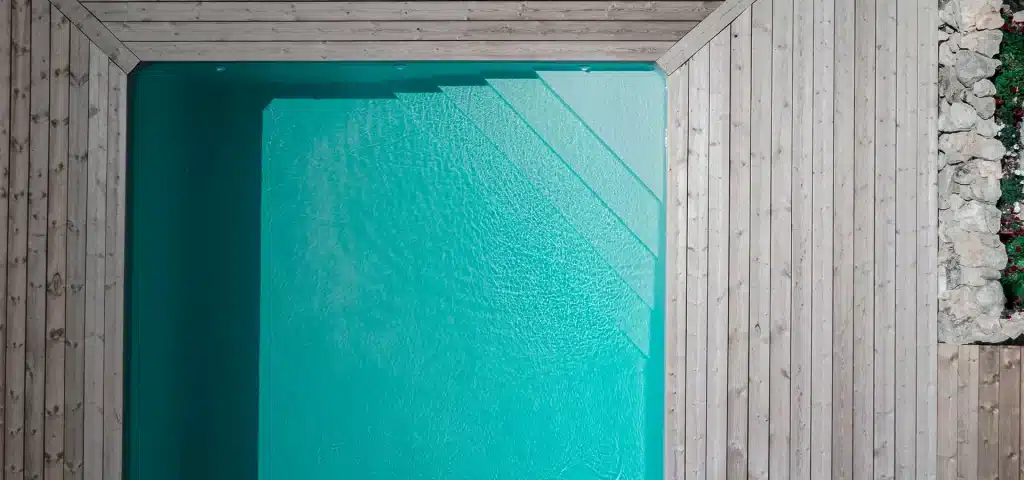Le traitement au chlore est la méthode de désinfection la plus utilisée pour traiter l’eau des piscines. Les magasins commercialisent plusieurs chlores : le chlore stabilisé ou non stabilisé. Quelles sont les différences ? les avantages et les inconvénients ?

Le chlore non stabilisé, comme son nom l’indique, ne contient pas de stabilisant. Il fait partie d’une famille différente du chlore stabilisé.
Calcium hypochlorite comes from the HPH range , which includes all hypochlorites , i.e. those derived from chlorine that do not contain a stabilizer (e.g. bleach). Thus, chlorine with stabilizer and chlorine without stabilizer are not part of the same family.
Le chloroisocyanurate est un dérivé du chlore, ajouté à de l’acide cyanurique (le stabilisant du chlore). Ce dernier est le plus couramment utilisé pour le traitement des piscines.
Il s’utilise normalement :
Depending on the weather in your area and the level of sunlight in your pool, choose to use stabilized or non-stabilized chlorine. To learn all about chlorine, you can watch this video. In your ICO application, you can change the chlorine used so that the recommendations adapt automatically.
| Cookie | Durée | Description |
|---|---|---|
| cookielawinfo-checkbox-analytics | 11 months | This cookie is set by GDPR Cookie Consent plugin. The cookie is used to store the user consent for the cookies in the category "Analytics". |
| cookielawinfo-checkbox-functional | 11 months | The cookie is set by GDPR cookie consent to record the user consent for the cookies in the category "Functional". |
| cookielawinfo-checkbox-necessary | 11 months | This cookie is set by GDPR Cookie Consent plugin. The cookies is used to store the user consent for the cookies in the category "Necessary". |
| cookielawinfo-checkbox-others | 11 months | This cookie is set by GDPR Cookie Consent plugin. The cookie is used to store the user consent for the cookies in the category "Other. |
| cookielawinfo-checkbox-performance | 11 months | This cookie is set by GDPR Cookie Consent plugin. The cookie is used to store the user consent for the cookies in the category "Performance". |
| viewed_cookie_policy | 11 months | The cookie is set by the GDPR Cookie Consent plugin and is used to store whether or not user has consented to the use of cookies. It does not store any personal data. |